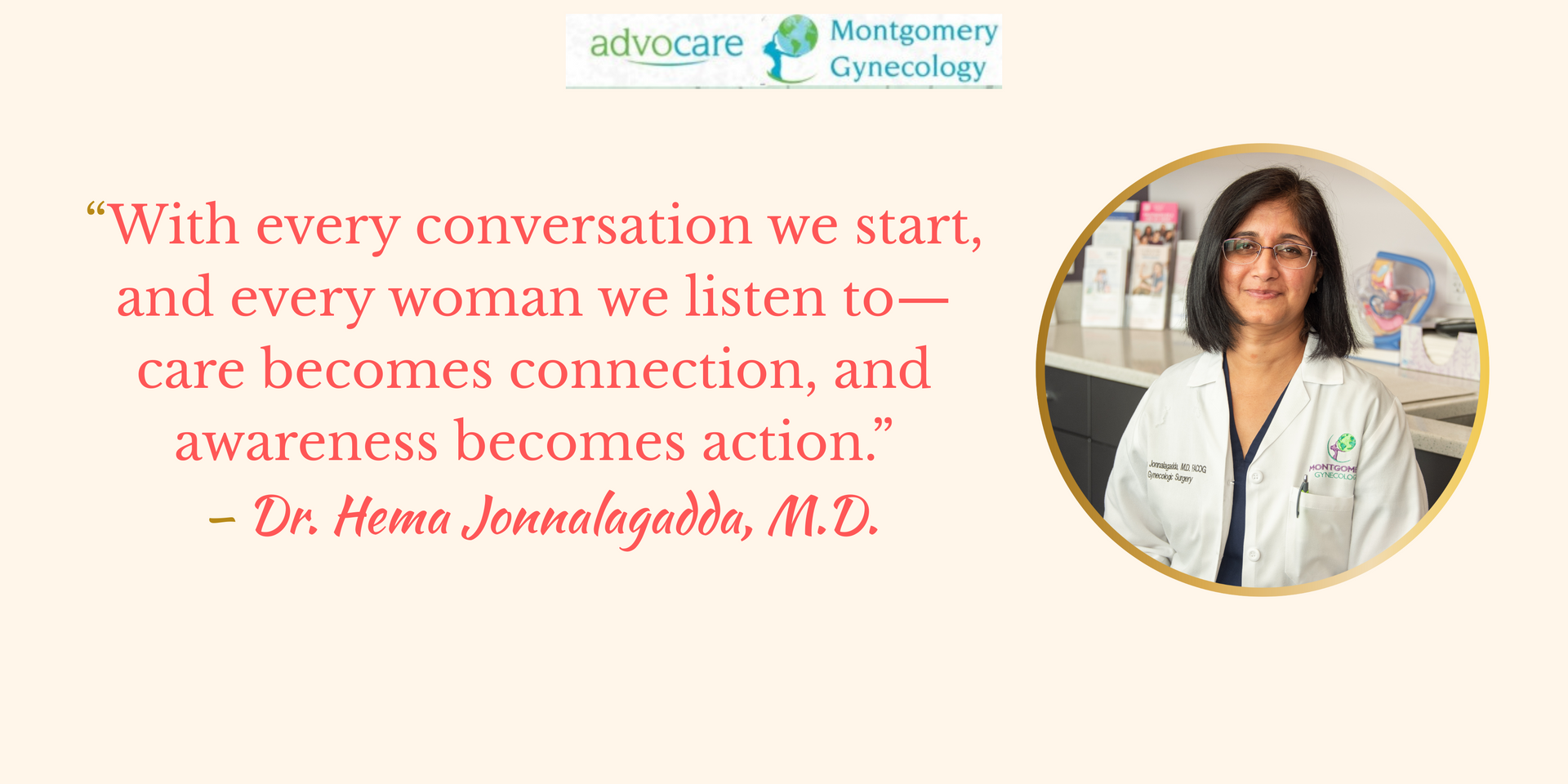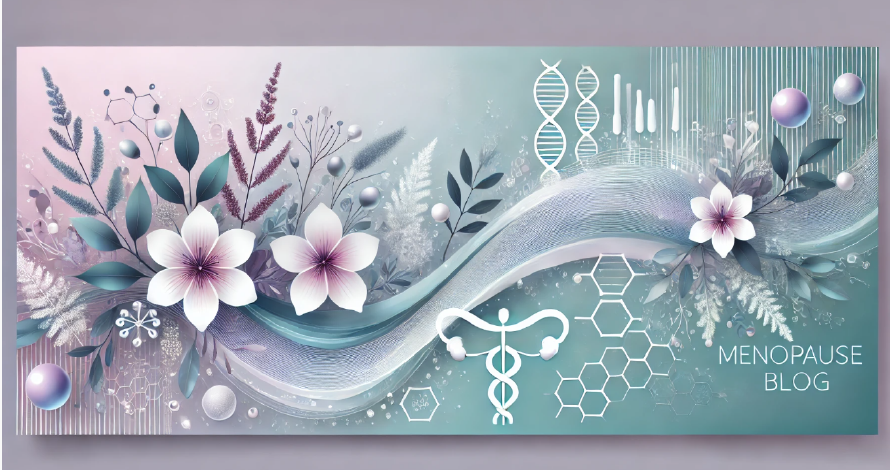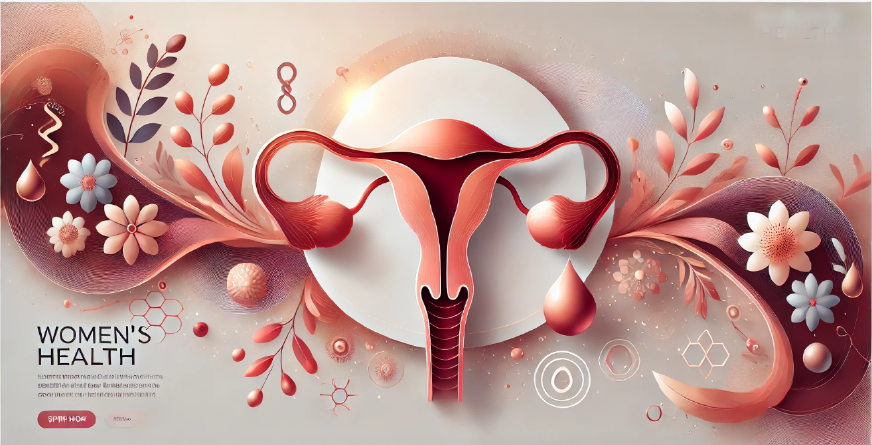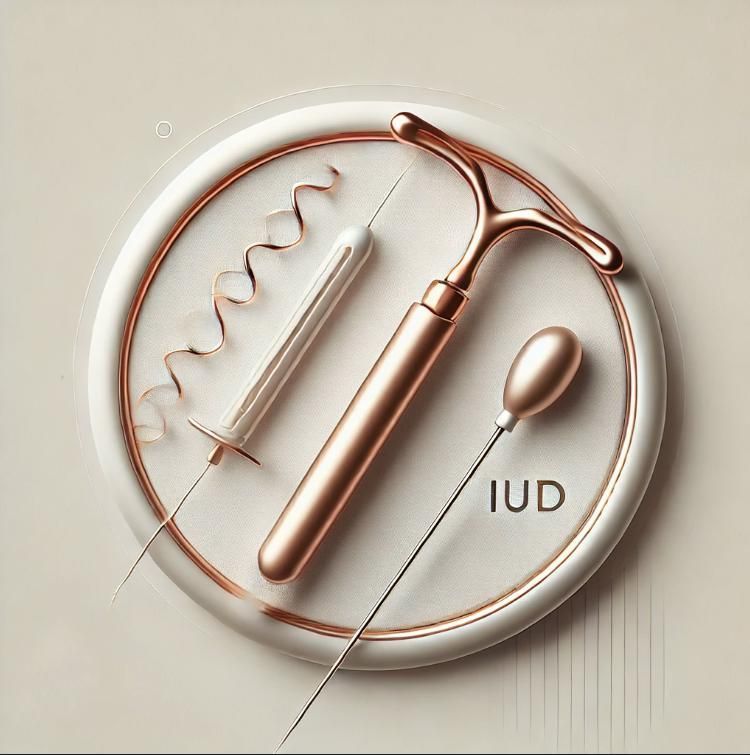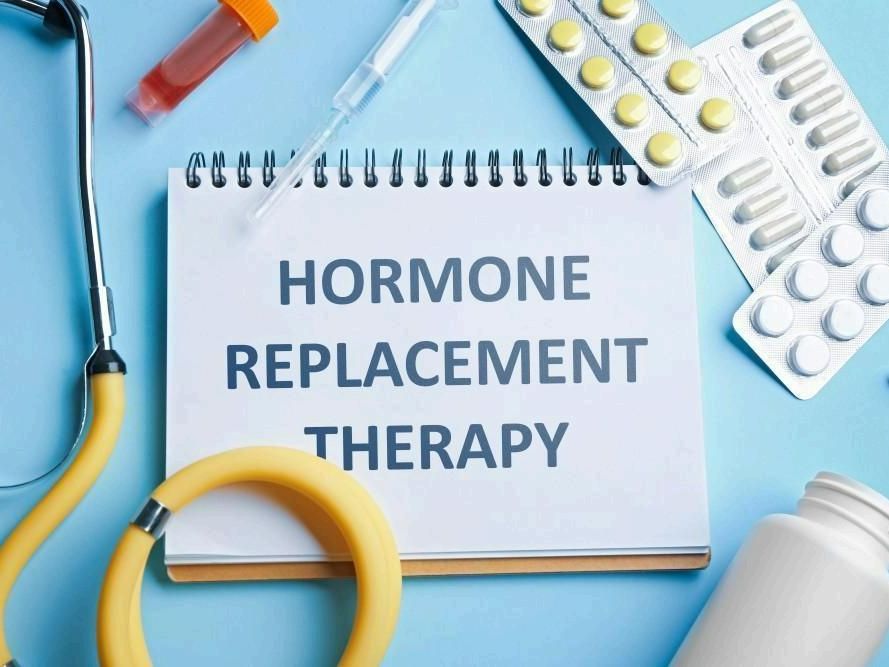By Hema Jonnalagadda
•
April 27, 2025
Menopause is a transformative phase in a woman’s life, marked by profound hormonal changes that affect nearly every system in the body. While often discussed in general terms, its complexities require a more advanced understanding, especially for those experiencing disruptive symptoms or seeking expert care. As a menopause specialist, Dr. Hema Jonnalagadda, M.D., at Advocare Montgomery Gynecology, provides cutting-edge, personalized treatment options to help women navigate this transition with confidence and optimal health. Understanding Menopause at a Deeper Level Menopause officially begins when a woman has gone 12 consecutive months without a menstrual period, typically occurring between ages 45 and 55. However, the biological shifts start years earlier during perimenopause, a phase characterized by erratic hormone fluctuations, particularly in estrogen and progesterone. The Endocrinology of Menopause Estrogen, a key hormone for reproductive health, also regulates cardiovascular, cognitive, and skeletal systems. As ovarian function declines, so does estrogen production, leading to widespread physiological changes: Cardiovascular: Increased risk of hypertension, atherosclerosis, and altered lipid profiles. Cognitive: Brain fog, memory challenges, and potential links to neurodegenerative diseases. Skeletal: Accelerated bone loss leading to osteopenia or osteoporosis. Metabolic: Insulin resistance, changes in fat distribution, and increased risk of type 2 diabetes. Symptoms Beyond Hot Flashes While vasomotor symptoms (hot flashes and night sweats) are commonly discussed, menopause presents an array of other challenges: Genitourinary Syndrome of Menopause (GSM): Vaginal atrophy, dryness, painful intercourse, and increased UTIs. Sleep Disturbances: Declining melatonin and progesterone levels affect sleep architecture. Mood & Mental Health: Fluctuating neurotransmitter activity can increase susceptibility to depression and anxiety. Joint & Muscle Pain: Estrogen’s anti-inflammatory role means that its decline can exacerbate musculoskeletal pain. Hair & Skin Changes: Collagen loss results in skin thinning, dryness, and increased wrinkling. Advanced Treatment Options Addressing menopause requires a multifaceted approach, combining medical expertise, lifestyle modifications, and innovative therapies tailored to each patient. Hormone Replacement Therapy (HRT) HRT remains the gold standard for managing moderate to severe menopausal symptoms. However, not all formulations are equal. Dr. Jonnalagadda customizes HRT based on: Bioidentical vs. Synthetic Hormones: Assessing patient suitability for bioidentical estrogen and progesterone. Route of Administration: Pills, patches, gels, and vaginal preparations tailored to individual needs. Risk Stratification: Evaluating personal and family history for cardiovascular disease, breast cancer, and thrombotic risk. Non-Hormonal Therapies For women who cannot or choose not to take HRT, effective alternatives include: Selective Estrogen Receptor Modulators (SERMs): Addressing bone density and vasomotor symptoms. Antidepressants (SSRIs/SNRIs): Mitigating mood disturbances and hot flashes. Neurokinin 3 Receptor Antagonists: Newer options targeting hot flashes via central nervous system pathways. Vaginal Estrogen & DHEA: Localized treatments for GSM without systemic effects. Cutting-Edge Therapies & Integrative Medicine Low-Dose Laser Therapy (MonaLisa Touch): Enhancing vaginal health by stimulating collagen regeneration. Nutraceuticals: Phytoestrogens (soy, flaxseed), omega-3 fatty acids, and vitamin D for bone and heart health. Lifestyle Optimization: Personalized nutrition, intermittent fasting, strength training, and sleep optimization strategies. When to Seek Expert Care Menopause is highly individualized, and unmanaged symptoms can severely impact quality of life. Dr. Jonnalagadda specializes in evidence-based, patient-centered care, ensuring that women receive the best possible guidance and treatment. You Should Consult a Menopause Specialist If You: Experience persistent or debilitating symptoms affecting daily life. Have a history of early menopause, surgical menopause, or complex hormonal conditions. Are concerned about osteoporosis, heart disease, or cognitive decline. Need guidance on safe, effective treatment options tailored to your medical history. Take Control of Your Menopause Journey Menopause doesn’t have to mean discomfort or diminished well-being. With the right expertise, women can thrive during this phase. If you're struggling with symptoms or want proactive care, schedule a consultation with Dr. Hema Jonnalagadda at Advocare Montgomery Gynecology today. Let’s work together to create a personalized plan for your health and longevity.
